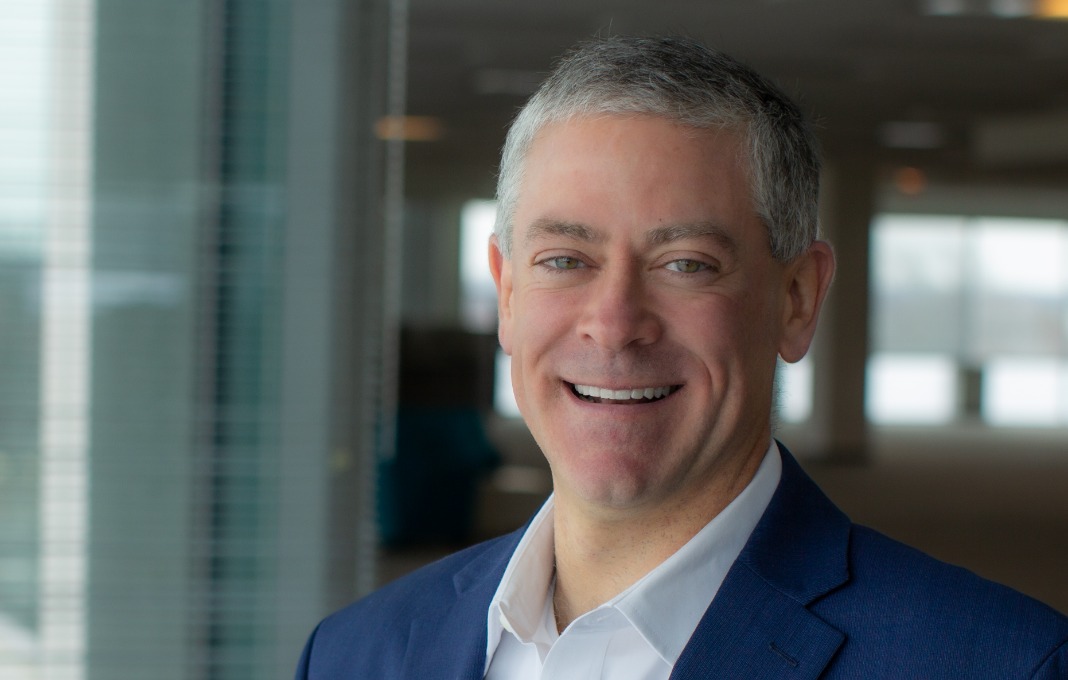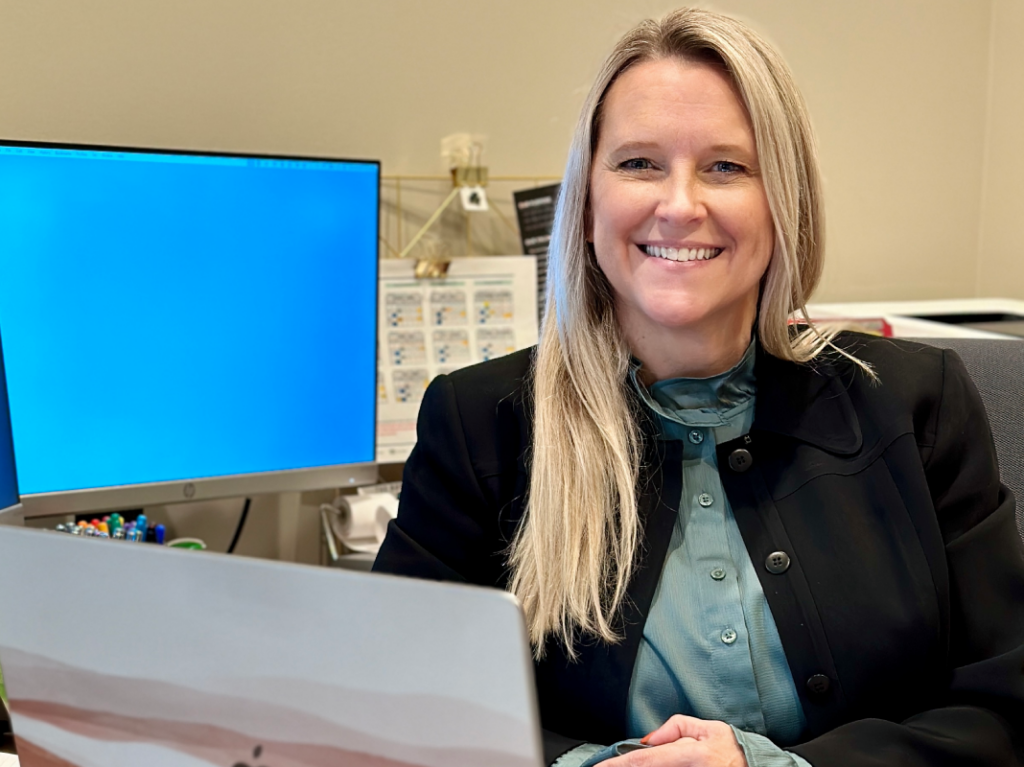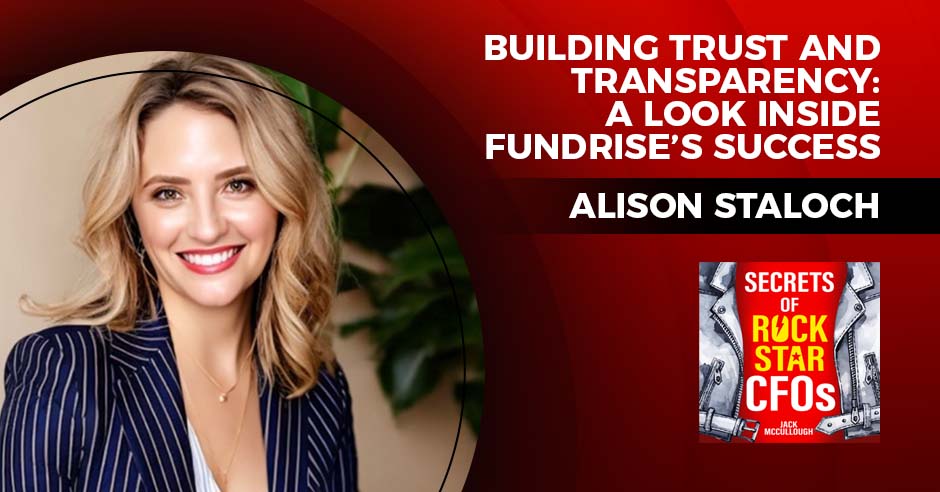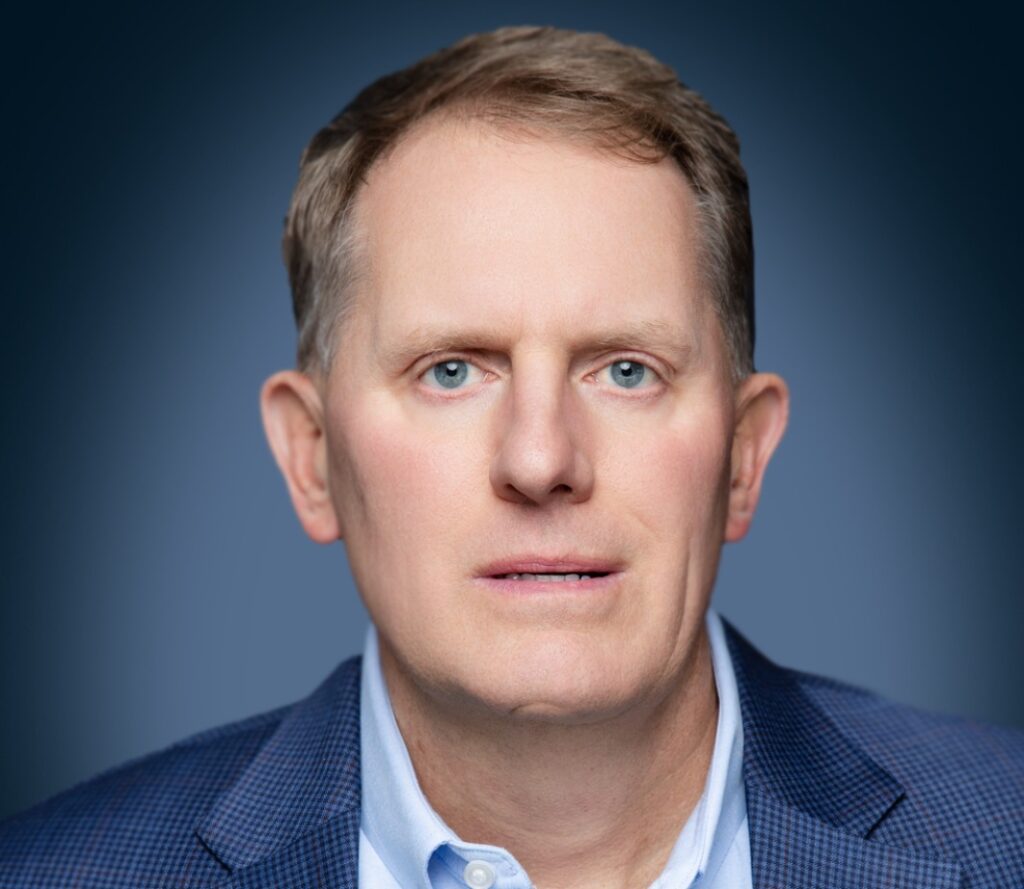CFOs face huge challenges today, from workplace change to inflationary pressures to digitalization. Key to it all is a strong relationship with your CEO. And to have that, says Chris Cappella, CFO at healthcare diagnostic solutions company Sysmex America, you need to communicate.
Cappella, who previously held finance leadership roles at Roche and Core Lab, talked with StrategicCFO360 about his best tips for a productive CFO-CEO relationship, how to retain talent and Sysmex’s major SAP upgrade, “probably one of the biggest projects the company has ever undertaken.”
What tips do you have for creating and maintaining a good CFO-CEO relationship?
Take every opportunity to get to know your CEO. What is his or her leadership style? Top priorities? What keeps him or her up at night? What does he or she like and not like working on? Learn this by talking to your CEO and those around him or her.
According to “The First 90 Days” by Michael D. Watkins, it takes a C-Suite executive six months before they begin to add value to an organization. Work to make the CEO’s job easier from the start and you will shorten this time significantly.
To maintain the CFO-CEO relationship, you must always be on the same page. This means regular communication, check-ins to course-correct and stay in alignment. With constant change from Covid, the economy, technology and more, this is critical to ensure the C-Suite is providing an aligned message to both internal and external stakeholders. If I don’t talk to my CEO every day or two, I reach out and check in.
What has been most challenging in the current environment?
Motivating and retaining talent can be a challenge in this post-Covid environment. Remote work and keeping employees engaged is top of mind for our leadership team. What is the right balance between being in the office and working from home? How do you keep employees engaged, contributing and fulfilled in a hot job market where they have many options?
I make sure to have regular meetings with my direct reports, either in person or using video, to stay connected. I also schedule in-person events such as lunches and team-building activities. When I’m in the office, I make a point to walk around and say hello. If we want people to perform to their highest potential, we must create a culture where people want to balance being in the office with working from home.
Dealing with inflationary pressures is another challenge. Sysmex is a wonderful company that puts its employees first. The company has launched some innovative programs to help employees maintain financial stability and security in the current inflationary environment. These programs often involve expenditures—in some cases significant—and as the CFO, it’s my job to figure out how we pay for them and still achieve our financial goals. This can be challenging as we seek to educate global decision-makers about the costs, while still delivering our profit goals.
Let’s talk about digital transformation—new technology, new data, new processes—and how it has impacted your role and function.
At Sysmex, we are going through a major SAP upgrade, probably one of the biggest projects the company has ever undertaken. SAP touches every aspect of the business, and our implementation is crucial to enabling our digital transformation.
In my role, I find myself devoting a significant amount of time to two roles that fit into the VACC—Visionary, Architect, Catalyst, Coach—framework. In the visionary role I draw on my previous implementation experience to guide the project and communicate with the organization.
Most of the company has never been through a system implementation. How do we translate the vision into measurable outcomes that empowered teams can work toward? What are we trying to do? Why is it important? What is normal? What is to be expected? Are we on track? It helps to let the organization know that “this is normal and that it will all work out in the end.”
In the catalyst role, I draw connections locally and globally to enable collaboration and learning. I’ve found that I’m spending a significant amount of time building relationships with my counterparts in Europe and Asia to learn from them. I then make it a point to connect members of our teams so they can also learn from each other.
Secondly, how do I remove roadblocks for the team? What is the organization seeing in the implementation that is making their lives difficult? Can I collaborate across the leadership team and other functions to reduce unnecessary work while not adding risk?
For example, we are trying to achieve a distinction between critical and non-critical items for independent quality reviews. Can we treat them differently and do less work on the non-critical items, thus reducing the overall work for the team? We are making progress on this front and hope to be able to free up time and ensure a successful implementation.
What advice do you have for fostering a culture of financial discipline?
Set clear expectations, but also be flexible and fair. If you clearly communicate what you need everyone to do and provide specific guidelines, I have found throughout my career that some 99 percent of people will do their best to comply and help the organization achieve its financial goals.
As we’ve all learned from the pandemic and many other things like inflation, currency instability in South America and supply chain shocks, we live in a rapidly changing world where we also need to provide our organizations with the flexibility to change course. My advice is to be open and flexible to trade-offs and be willing to engage in discussions whenever needed. This builds trust. I find people engaging the finance team proactively to figure out how to get things done. Have the discipline to be flexible.








